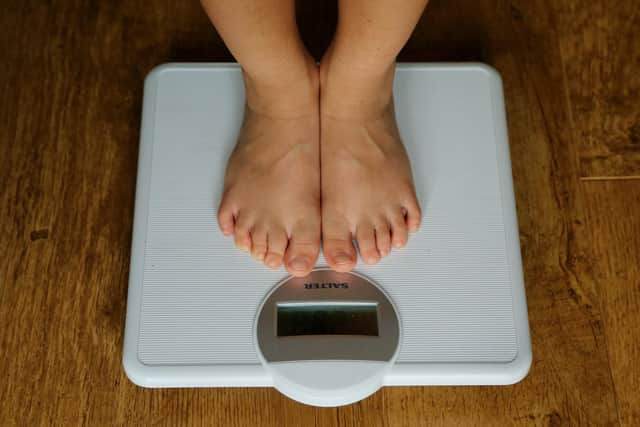More than a quarter of older primary school children in Doncaster are obese
and live on Freeview channel 276
As the latest figures reveal inequality in obesity rates between pupils in deprived areas and their more affluent peers, the Royal College of Paediatrics and Child Health says it is "inherently wrong" that some youngsters are at higher risk of poor health before even leaving school.
NHS Digital figures show 27.3 per cent of Year 6 pupils measured in Doncaster schools were obese in 2021-22, including 7.3 per cent who were severely obese, with a body mass index (BMI) in the top 0.4 per cent for a child's age and sex.
Advertisement
Hide AdAdvertisement
Hide AdA further 13.5 per cent of children were overweight, meaning 40.8% of Doncaster's youngsters are unhealthily overweight when they finish primary school.


The figures show more older primary school pupils in the area are living with obesity than before the coronavirus pandemic – 23.7 per cent of students measured were obese in 2019-20, the latest period with comparable local data.
The data comes from the Government's annual National Child Measurement Programme – part of its approach to tackling obesity – which records the height and weight of year 6 and reception-age children in state-maintained schools across England to monitor obesity trends.
It revealed that 31.3 per cent of 10 and 11-year-old children living in the most deprived areas of England were obese compared to 13.5 per cent of those living in the least deprived areas.
Advertisement
Hide AdAdvertisement
Hide AdHelen Stewart, officer for health improvement at the RCPCH, said the data "reaffirms the intrinsic link between obesity and poverty".
She added: "We now find ourselves in a situation where our most vulnerable children are twice as likely to become obese, and subsequently be at a higher risk of chronic illnesses, mental health issues and even a shorter life span.
"It’s inherently wrong that these children can be placed at such a disadvantage before even leaving primary school."
The College is calling on new Health Secretary Steve Barclay to reinforce the Government's anti-obesity strategy, which was recently rumoured to be at risk of being scrapped.
Advertisement
Hide AdAdvertisement
Hide AdMeasures in the strategy include scrapping junk food adverts online and on TV before 9pm, expanding weight management services available through the NHS and preventing shops from putting promotions on foods high in fat, sugar or salt.
Across England, obesity prevalence among both reception and year 6 pupils fell in 2021-22, to 10.1 per cent and 23.4 per cent respectively, following a rise the previous year.
But the obesity rate for both classes is still higher than before the pandemic as the crisis "exacerbated an already bad situation", according to the Obesity Health Alliance.
Director Katharine Jenner said: "The precise causes will still need to be analysed, but we do know that sales of unhealthy food products increased during the pandemic.
Advertisement
Hide AdAdvertisement
Hide Ad"The small drop, likely to be a consequence of children returning to school post-pandemic and having regular snack and mealtimes, shows improvements are possible. But they will not drop further without political will from the highest levels of government."
She added that implementing obesity policies will have a "disproportional benefit" to those on low incomes.
